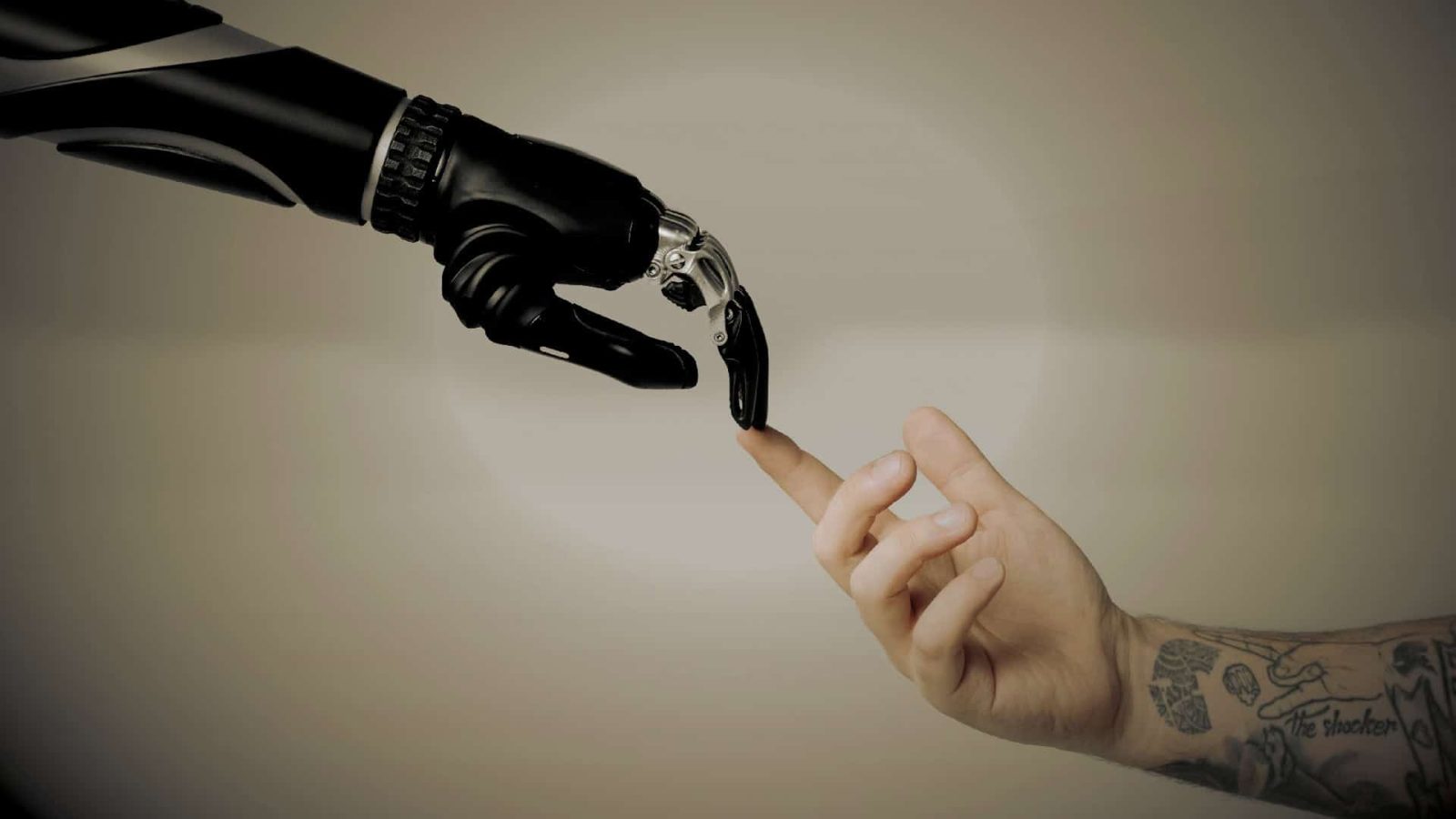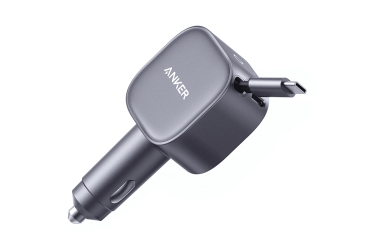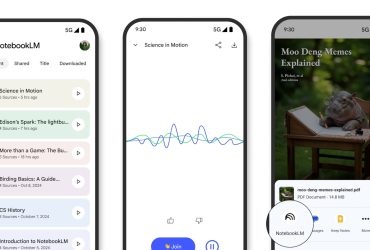More Americans Are Giving Their Lives Over To AI: Is This Bad?

Contents
Several “world-changing” technologies hit the market only to wind up being short-lived gimmicks. Take the Metaverse as an example. However, some of them actually end up changing the world. Artificial Intelligence fits that category to a tee. This technology, sparked by ChatGPT just over two years ago, has revolutionized how millions of people go about their daily lives. As such, many of them come to rely on AI technology. Here’s the question: how much are people relying on AI?
Most of the people reading this rely on technology in some way, shape, or form, and they have for several years, but AI is something different. It’s a loaded gun; it has the power to kill entire industries, industries that have existed for decades. People are becoming obsessed with achieving the dream we’ve only seen in sci-fi films. Much to the dread of AI naysayers, more people are starting to place their eggs into the AI basket, and it shows.
While people all over the world are turning to AI, the folks in the United States seem to be doing so at a rapid rate. A recent report from The Listening App shed some light on this, some of the numbers might be pretty shocking.
Americans are placing their lives in AI’s hands
When did humanity start to rely on AI? Well, you could say that it’s been slowly doing so over the years. However, it really took off the moment a little chatbot called ChatGPT hit the market. Since then, people discovered the utility of typing a few lines of text and having a model produce synthetic results for them. Is this a win for productivity or laziness? There’s no simple answer to that question.
However, as per The Listening App’s report, an increasing number of people are using AI to be either productive or lazy. The company, which turns college lectures into podcasts, devised a scale from 0 – 100 to measure how much a group relies on AI. A 100 means that the group relies entirely on AI.

Using this, it was able to discover which states rely the most on the technology and which ones rely on it the least. In first place, there’s Oregon. It scored a whopping 99.49, which basically means that every time ChatGPT goes down, the entire city breaks out into anarchy. Well, maybe not, but the individuals surveyed seem to have bet their lives on the outputs from AI models.
In fact, according to the report, about 1 in 6 U.S. citizens (about 16.7%) said that they depend on AI in some way.
States that rely the most on AI
The next 15 states are not far behind, as they all scored above a 90. In descending order by score, we have Florida (98.62), Arizona (94.64), Idaho (94.33), Utah (92.67), Colorado (92.34), Ohio (92.27), Maryland (91.67), Texas (91.67), New Jersey (91.50), Indiana (91.41), Wisconsin (91.19), Virginia (90.59), Hawaii (90.56), New York (90.55), and Oklahoma (90.53).
States that rely the least on AI
While this information is interesting, what’s more interesting are the states that rely the least on AI. The top five states that rely on AI the least are North Carolina (76.05), Pennsylvania (75.16), Rhode Island (75.12), Mississippi (73.50), and Missouri (70.80). Do you see what’s interesting? Not a single state scored below a 70. This means that all 50 U.S. states have adapted AI to a relatively high degree.
These numbers don’t represent every citizen in each state, of course. However, it shows that a substantial number of businesses and users have adopted AI tools in some capacity. In these early stages of AI development, companies have already started depending on AI to carry them. It’s a pretty scary thing to see, as we all know the potential risks surrounding the technology. For every business that reaches new heights through AI, there’s a business that clears out its staff and sticks with one person and a chatbot. For every correct output, there are five hallucinated outputs.
What are people using AI for?
So, what are these people producing? How is AI pushing them and their business practices and lives forward? The report sheds some light on what people are using AI for the most, and if you’ve seen the major AI releases over the past couple of years, it should come as no surprise. While people tout how AI can foster human-machine connections, cure diseases, and transform our world into some utopia only attainable through divine intervention, most people are just happy with summarizing emails.

The Listening App found the top five ways that the surveyed audience uses AI, and it found that 62.77% use it for writing and editing. So, they either use AI to generate text for them or revise their text. We see these tools mostly used for touching up emails and so on.
In the second place spot, there’s online searching with 61.47% of the audience. This is a pretty surprising discovery, as AI web searching is still pretty new. However, we’re sure that people inadvertently do a web search while using ChatGPT.
In third, there’s text summarization with 42.77% of the audience. This is probably the most basic AI tool, as pretty much every major AI product that comes out has a focus on summarizing text. It shows how many people want the TL;DR for long stretches of text.
In fourth place, there’s brainstorming with 39%. This is one of the most interesting ways to use AI. It really shows how close companies are to producing AI that operates at a human level. We’re talking about a machine that can actively give you ideas just like a human would. We’ve seen examples of AI tools helping people write stories by providing valuable feedback and ideas.
Lastly, in fifth place, there’s generative “art” with 32.09%. It’s blatantly easy to see why that can be annoying to most people. While generative “art” can be beneficial, much too often, we see artists tossed aside in lieu of having image generators spit out AI slop. The fact that it’s in the top five means that this is a pretty big problem.
Other uses include (in descending order) translation, troubleshooting, resume interview prep, homework support, design work, coding assistance, meal prep, health and fitness planning, medical advice, mental health support, transcription and notetaking, travel planning, financial planning, and companionship. Depending on other surveys, the uses could vary, but these all seem to make sense.
The AI is actually helping
AI is all about making life easier, and this is what it appears to be doing. While it’s tough to tell how AI has helped each and every individual, the people being surveyed seem to feel that it has helped them in some way. According to The Listening App survey, about 60% of U.S. citizens feel that AI has improved their daily lives. This could either be by helping them with work, assisting with school, or just generally making life easier.
Making life easier is one of the main reasons AI exists, so if it’s making people’s lives more manageable, then it seems that it’s on the right track. For example, among the audience, Google Translate is the second most used AI tool, and that’s a tool that’s been helping people for years.
Shocking no one, ChatGPT is the most used AI tool among the audience, and the same might go for the world. OpenAI’s vision is for AI to help humanity, and this is why the chatbot has so many helpful tools. 77.79% of the audience uses it, and Google Translate is following it with 44.89% of the audience. Google Translate is hardly a chatbot; the second most popular chatbot is Google Gemini, and it comes with its own suite of helpful tools.

Shocking no one, the top 10 used AI tools are the ones that we hear about the most, and they’re the ones that receive the most funding. It includes Canva, Grammarly, Microsoft Copilot, DALL-E, Character.ai, MidJourney, and Anthropic Claude. We’re sure that Meta AI isn’t far from this list, as the company has been really pushing that chatbot.
AI in the workplace
When it comes to work, half of the surveyed audience said that they use AI to help them with work. That should come as no surprise, as businesses were quick to implement AI tools once they became available. Also, two of the top 10 most used tools existed for years before the AI boom (Google Translate and Grammarly), so we’re sure that many of the businesses surveyed were already using these tools before ChatGPT.
People are increasing their AI usage
We have to come to terms with the sad reality that some jobs will turn themselves over to AI completely. Room-fulls of writers will be replaced by one chatbot pumping out articles. Animation teams will be gutted and turned into a couple of people and a video generator. We’re already seeing this happen with some smaller companies, and it’s only a matter of time before it reaches the top.
This doesn’t only apply to businesses. We’re seeing an uptick in AI usage in people’s daily lives for better or worse. This could be beneficial, as users find themselves surreptitiously looking up answers to questions to seem smarter. Aside from that, AI can provide answers to questions, useful insight, valuable advice, and so much more. As the tools become more accessible and powerful, they can really affect someone’s life for the better.
However, AI could become a crutch. People could rely on AI too much to automate their lives. Whether it be for performing tasks at work, doing schoolwork, teaching their kids, and so on. A person can walk to work every day and not have an issue. But, what happens when they get a car? Suddenly, walking is too much trouble. So, what happens when it’s time to walk again? They won’t be able to do it as easily.

This is something to keep in mind, as people are increasing their AI usage. As per the report, nearly 66% of people surveyed said that their usage has increased in the past year. This could either be while working, doing schoolwork, or doing other activities. We expect to see that number rise as we go through 2025, as more tools hop onto the market
The question is: is this a good thing or a bad thing?
Is this new technology something to be praised or feared? This is a question that has existed in different forms for many years. Each new technological innovation that arose prompted people to utter this same question, whether it be today with AI, decades ago with computer technology, or even in the 1830s with the Industrial Revolution. Is putting our jobs in the hands of technology productive or pernicious?
Well, the answer has always been the same: it depends on how it’s used. An AI worker can generate and post a blog post for a website, generate a soundtrack to an AI-generated short film, and generate a story to sell on Amazon. In that same vein, a person could use ChatGPT to help brainstorm ideas for a blog post, generate background music for a simple YouTube video, and use AI to help them get past writer’s block on their story.
How do these people differ? Well, it’s the “Percentage Rule”. One person can give 100% and use AI to push them to 110%. However, one can contribute 10% and use AI to provide the missing 90%. You can tell which one is which.
This could be the same thing for a child doing their homework in the 90s. One kid could do their math homework by hand and use a calculator to double-check their work while another kid can use the calculator to solve the problem. Which kid gave 100% and which one gave 10%?

So, we’ve seen this very scenario throughout the years, even before the first computer processed its first bit of data.
But, what makes AI different?
The thing about AI is that it finally gives people the ability to offload a ton of tasks onto a computer. It’s like nothing that we’ve seen before, and it could be a blessing or a curse. There are a ton of issues with AI technology from the data being scraped to the massive potential for job loss around the world. One issue is whether becoming dependent on AI is a good thing or a bad thing.
A company can easily streamline its processes and boost productivity through an AI tool, and that’s a good thing (well, if they don’t lay off their entire staff to do it). However, what if the AI becomes so good at doing the job that the business starts to build itself around the AI? The thing is that the AI market is still pretty unstable. The companies supplying the AI tools are slaves to the API fees being charged by the corporations that own the models.
What happens if an AI tool goes down? What is the business going to do? That might not be as much of an issue today, as many businesses still employ skilled workers.
However, what about the companies that bring on a team of people who only know how to talk to chatbots and nothing else? What will happen to an accounting firm with a team of workers who only know how to feed people’s information into an accounting AI tool? Guess what, it will cease being an accounting firm and turn into a bunch of people scratching their heads. That’s an extreme example, but we can’t rule it out.
The Listening App report reveals that we’re entering a world where people are starting to rely on AI for the sake of progressing their business, but they don’t know that the industry is facing some issues. We’re talking about money, energy, political tension, and more. Next year, more people will rely on AI for their daily tasks, and maybe then, we will truly see if this is a good thing or a bad thing.
What’s your reaction?
Love0
Sad0
Happy0
Sleepy0
Angry0
Dead0
Wink0


![perplexed-by-moto-ai-(and-perplexity)-[video]](https://betadroid.in/wp-content/uploads/2025/05/18515-perplexed-by-moto-ai-and-perplexity-video-280x210.png)








Leave a Reply
View Comments